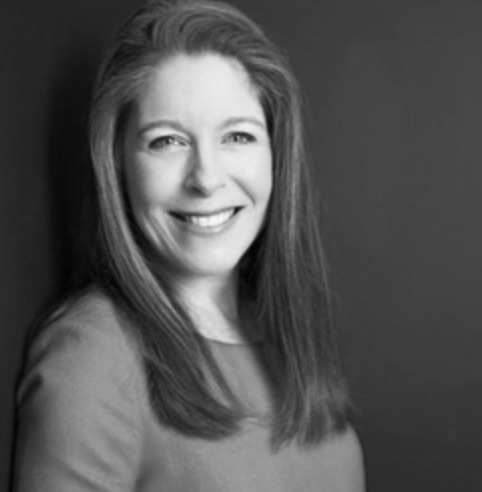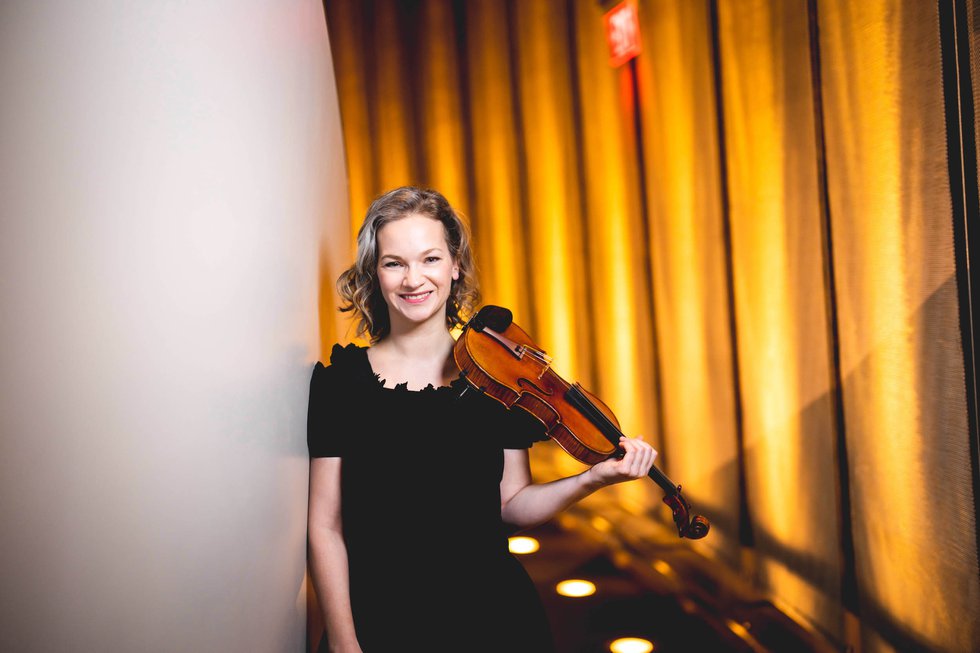Bill and Pam Royall of Richmond are leading the way in the $32 million capital campaign to build VCU’s highly anticipated Institute for Contemporary Art.

Bill and Pam Royall at Try-Me.
Photo by Adam Ewing

Bill and Pam Royall
“The Two Sisters” by Kehinde Wiley, left, and to its right, “Liquid” by Teresita Fernandez.
A pair of impassioned art cognoscenti, Bill and Pam Royall’s $5 million gift to the ICA has made them a new force for contemporary art and all its possibilities in Virginia. Co-chairing the campaign with Steve and Kathie Markel—who also made a $5 million gift—the Royalls are more than just faces for the fundraising effort; they are true believers in the potential of the ICA to put VCUarts in the top tier of the international contemporary art scene.
Bill, the founder in 1983 and chairman of direct marketing agency Royall & Company, and Pam, the former executive director of the Interactive Marketing Institute at VCU’s School of Business who heads research at Royall & Company, have been on the road stumping for the ICA—38,000-square feet of exhibition and performance space that is expected to open in 2015 at the corner of Belvidere and Broad streets. So far it hasn’t been a hard sell. The campaign has passed the $20 million mark and is on track to surpass its goal.
Surrounded by their substantial personal art collection at Try-Me—the former headquarters of the now defunct Try-Me Bottling Company, which they have converted into a sleek 12,000-square foot private art space—the Royalls talked to us about their passion for contemporary art, their organic approach to collecting and why the ICA is more than just another museum.
Pam: One of the things that’s exciting about being a collector of contemporary art is you have relationships with artists. They’re alive, and they’re still producing work.
Bill: We hosted a panel for 1708 Gallery at Try-Me about how to begin a personal art collection. Many people in the audience didn’t perceive themselves as collectors, yet we were able to “out” them. We said, “Have you ever bought any art that you had no earthly idea where you were going to put it? If you have, you’re a collector.”
Pam: I think it’s liberating for people to recognize that a collector is not someone who is always highly educated or extremely sophisticated or has millions of dollars, but rather someone who has a passion for something.
Bill: If you talk to some of the elite collectors around the world, they say, “Well, I always go to RISD and Yale and the Art Institute of Chicago” to identify new artists, but they never mention VCU, or they haven’t so far, but they ought to.
Pam: Contemporary art is probably the best mechanism for educating young people about new ideas, and we think that’s a pretty powerful message in Virginia where sometimes we get focused on history so much that we overlook all the potential of what we’ve evolved into and the potential that exists for the future.
Pam: What draws me to a piece of art is if it is challenging on some level, but it’s not obvious and it encourages me to think more about it and to ask questions of myself as much as of the artist or the environment.
Bill: The thing that contemporary art is recognized for is being charged. It makes people feel something.
Pam: I hope the ICA will back up the artists that no one has heard of whose work is being shown for the first time. The kind people see and get excited about because it seems to come out of nowhere.
Bill: One of the reasons we are focusing so much on the ICA is because it is the art of today—and tomorrow. The ICA will have four gallery spaces because of all the directions art is going today, whether it’s sculpture, painting, printmaking, dance, any kind of performance art, light, sound, smell, fire—who knows where it’s going?
Pam: I resist it when art advisors tell you that you need to collect deep; that you need to have four or five pieces that represent different bodies of an artist’s work. I don’t have to have five paintings by one person to enjoy one painting, so if there’s one that I want then I don’t have to say, “Well, because I can’t have five, I’m not going to have any.”
Pam: The only objection to the ICA that I hear is this notion that maybe Richmond doesn’t need another museum. This is not another museum. This is an institute for contemporary art … it’s not going to collect art, and it won’t have a permanent collection. It will display art of all shapes and forms, and it will be an educational center and a community outreach facility and a bunch of things that are a lot more exciting for those people who say, “Didn’t we just spend $150 million on a new wing at the VMFA? Wouldn’t another museum be superfluous?”
Pam: The ICA will be a living breathing organism that evolves and changes. The artists who come to the space are going to make it what it will be for that period of time, and then the next group will recreate it. It’s so dynamic that we can’t use the word “museum” when we talk about the ICA.
Bill: When people list the places that they’re going to see the most exciting art being made today, we want to make sure they think of the ICA and VCU School of the Arts.









